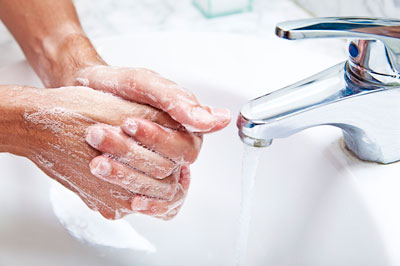Health Care Safety
 Keeping patients safe in a health care setting is vital to providing high-quality health care. By continuously focusing on safety, care providers can reduce harm and prevent mortality.
Keeping patients safe in a health care setting is vital to providing high-quality health care. By continuously focusing on safety, care providers can reduce harm and prevent mortality.
Safety measures embedded at Brookings Health System include:
- Ongoing staff training and education focused on patient safety
- Implementation of technology to support safety, such as barcode scanning of medications
- Implementation of evidence-based practices, such as hand hygiene, to reduce healthcare acquired conditions
- Identifying root causes for misses, such medication errors and falls, and implementing evidence-based practices to reduce them
- Non-punitive reporting of errors, system failures and near misses to encourage team members to report any safety concerns
Brookings Health System believes in your right to know how we compare to state national safety benchmarks. The following information offers key safety measures for our hospital services.
Measures from Hospital Compare
The information below shows how safe care is at Brookings Hospital compared to state and national averages. Hospital Compare uses these measure to show serious complications patients experienced during a hospital stay or after having certain inpatient surgical procedures as well as how often patients who were admitted with certain conditions died while they were in the hospital. More information on Brookings Hospital and other hospitals can be found on the Hospital Compare website.

